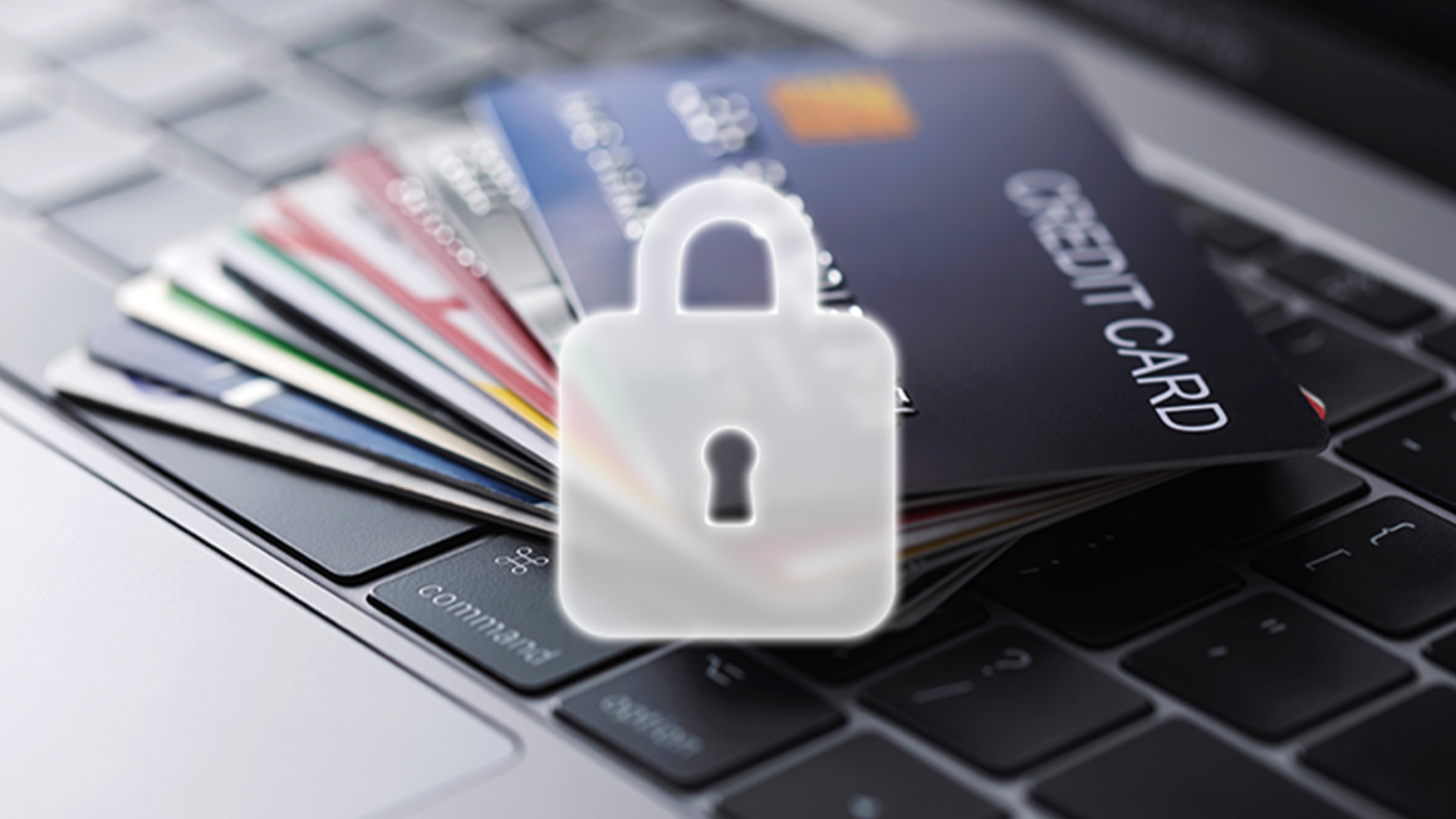Top Security Tips for Safe Digital Transactions

Top Security Tips for Safe Digital Transactions
In an age where convenience meets technology, digital transactions have become the norm for managing finances, shopping, and conducting business. While they offer speed and ease, they also open doors to potential cyber threats. With hackers and fraudsters constantly evolving their tactics, it's vital to stay informed and vigilant. Protecting your financial information is no longer optional—it’s essential. Below are the top security tips to help you carry out safe and secure digital transactions.
Use Strong, Unique Passwords
One of the simplest yet most effective ways to protect your digital accounts is by using strong, unique passwords for every platform. Avoid predictable patterns like birthdays or common words. Instead, use a combination of letters, numbers, and special characters. Consider using a reputable password manager to generate and store complex passwords safely. Reusing passwords across multiple sites increases the risk of a single breach compromising all your accounts.
Enable Two-Factor Authentication
Two-Factor Authentication (2FA) adds an extra layer of protection to your accounts. Even if someone gets hold of your password, they would still need the second verification step—usually a code sent to your phone or email—to access your account. Most financial services and banking apps support 2FA, and activating it can significantly reduce the risk of unauthorized access.
Only Use Secure Networks
Avoid making financial transactions over public Wi-Fi networks, such as those found in cafes, airports, or hotels. These networks are often unsecured and vulnerable to hackers. If you must use a public network, use a Virtual Private Network (VPN) to encrypt your internet connection. A VPN creates a secure tunnel between your device and the internet, keeping your data safe from prying eyes.
Keep Devices and Software Updated
Regular software and system updates are not just about new features—they often contain vital security patches that protect against known vulnerabilities. Cybercriminals actively exploit outdated software to gain access to devices. Keep your operating systems, apps, antivirus programs, and browsers up to date to reduce your exposure to digital threats.
Monitor Transactions and Set Alerts
Keep a close eye on your bank and credit card statements. Immediately report any suspicious or unauthorized activity. Most financial institutions allow you to set up real-time alerts for transactions, login attempts, and balance changes. These alerts can act as an early warning system, helping you catch fraud before it spirals out of control.
Beware of Phishing Scams
Phishing attacks involve fraudulent emails, texts, or websites that mimic legitimate companies to trick you into revealing personal information. Always verify the sender's address, avoid clicking suspicious links, and never provide sensitive data via email. When in doubt, visit the company’s official website directly or contact customer support through verified channels.
Final Thoughts
As digital transactions continue to dominate the financial landscape, protecting your online identity and personal information should be a top priority. By following these practical security tips—strong passwords, two-factor authentication, secure connections, timely updates, transaction alerts, and phishing awareness—you can navigate the digital world with confidence. Taking these precautions not only safeguards your money but also gives you peace of mind in today’s fast-paced digital age.
